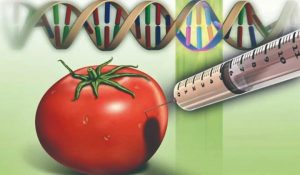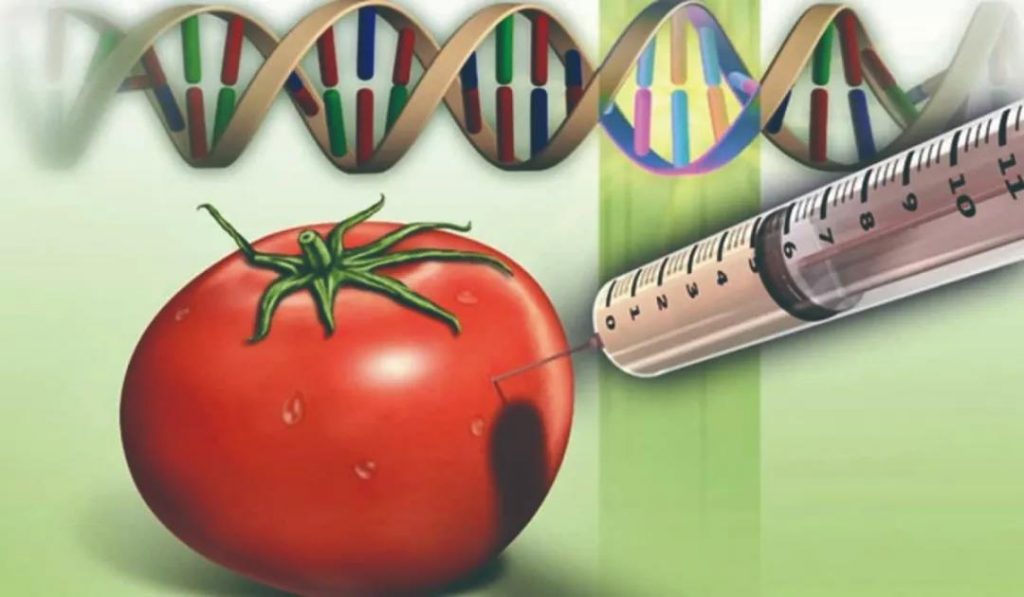
In human history, the improvement of tomatoes took at least 3000 years. But thanks to the gene editing technology invented 10 years ago, scientists have repeated the improvement process of tomatoes in less than three years.
They start with wild tomatoes and use gene editing technology to improve them. The improved tomatoes are more nutritious than those we buy on the market, or have other advantages.

Wild tomatoes are native to the Andes of South America, and their fruit is only the size of peas. After many generations of domestication and improvement, the fruit has now reached the size of a human fist.
The so-called domestication improvement is to select mutants with the characteristics we need (for example, larger fruits) to cultivate.
For example, in a plant as big as a pea, a plant as big as a chestnut appears due to gene mutation, so we can cultivate the mutant plant alone; Then, among the tomato plants as big as chestnuts, plants as big as fruits and eggs appear, and they are cultivated separately… In this way, they are selected from generation to generation to achieve the purpose of human beings.
But when we focus on improving one feature, it is likely that other features will be lost. For example, have you found that the tomatoes sold in supermarkets are larger, but they have less flavor.
Gene editing technology can avoid the shortcomings of traditional domestication and improvement.
By comparing the genomes of plants before and after improvement, biologists can find out what changes have taken place in the genome during the improvement process; Then, through gene editing technology, we can re edit some genes that have lost their function in improvement, so as to restore the characteristics we need.
Among the tomato varieties improved by humans, the content of a red pigment called “lycopene” is much lower than that of wild varieties (the lycopene of wild tomatoes is twice that of cultivated tomatoes), and lycopene is beneficial to human body.
A team in Brazil recently modified tomatoes with gene editing technology. The content of lycopene is more than five times that of cultivated tomatoes.
In addition, they edit a called FW2 2 gene, which makes the fruit twice larger than ordinary tomatoes; By editing another gene called mult, more fruit can be produced on each branch.
Using gene editing technology, Chinese researchers have also successfully bred a plant that can resist bacterial leaf spot, a salt tolerant plant and a plant with higher vitamin C content.
In addition, a team in the United States improved a close relative of tomatoes, a rare fruit called “ground cherry”. Cherries have been sold in the U.S. market, but the yield is very low because the plant grows slowly, the fruit is small, and the fruit is easy to fall off after ripening. After gene editing, the fruit of this plant increases and is not easy to fall off after ripening.
It is estimated that there are nearly 50000 plants available for human consumption in the world, but 90% of our calories come from only 15 crops. Therefore, the prospect of using gene editing technology to improve wild plants is very broad. Many improved recipes will appear in our wild plants in the future.
Comments